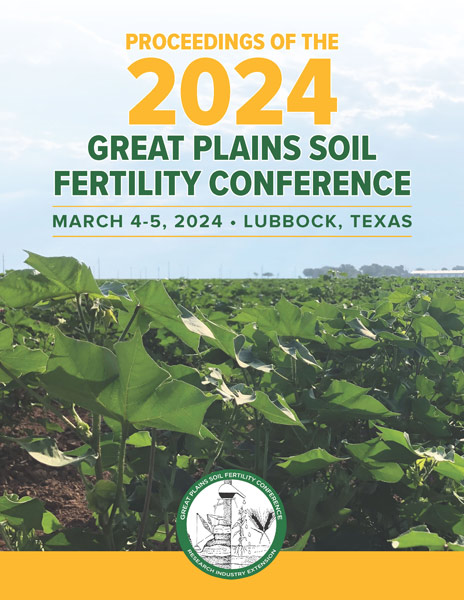Conference Proceedings Available!
Proceedings
Authors
| Filter results2 paper(s) found. |
|---|
1. Effects of Climate Change and Narrow Rows with Higher Plant Densities on Yields of Irrigated CornClimate change is significantly impacting agricultural systems worldwide, and although there are reports of these impacts contributing to higher yields in some regions, the general consensus is that there will be negative impacts on yields and soil quality across large regions. Management practices that can contribute to higher yields and adaptation to a changing climate will be important during the 21st century. This presentation will cover results from two manuscripts that are currently... J.A. Delgado, B. Floyd, R. D'adamo, A. Villacis, A.D. Brandt, A. Halvorson, C.E. Stewart, J. Alwang, S. Del grosso, D.K. Manter |
2. Soil Microbes Are Critical to Maintaining Soil Fertility in the Great PlainsSoil in the Great Plains is known to be susceptible to wind and water erosion due to moisture deficits throughout the region that limit soil organic matter (SOM) accumulation that helps form stable soil structure. Conservation management practices like reduced tillage are emphasized to maintain SOM that provides habitat for soil microbes to perform ecosystem services related to nutrient cycling and soil aggregation to increase resistance to erosion and maintain fertile topsoil. Soils under long-term... W. Roper, V. Acosta-martinez, J. Moore, M. Mikha, D.K. Manter, C.E. Stewart, R.M. Lehman, M.A. Liebig, V.L. Jin |
